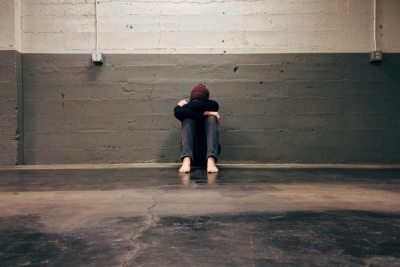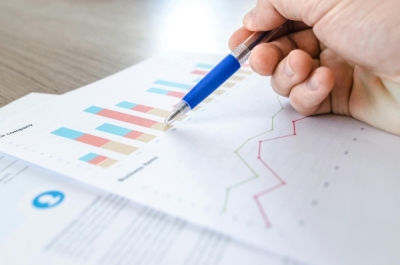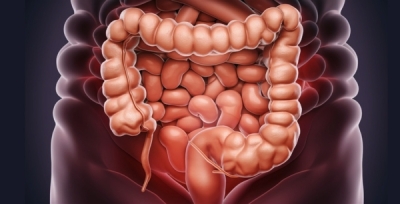National Survey Shows Decrease in Alcohol Consumption Among Adults and Increase Among Teen Girls
National Survey Shows Decrease in Alcohol Consumption Among Adults and Increase Among Teen Girls
The 3rd National Survey on Alcohol and Drugs (LENAD III), released on 09/24/2025 by the Ministry of Justice and Public Security in partnership with the Federal University of São Paulo (UNIFESP), reveals significant changes in alcohol consumption patterns in Brazil. While the proportion of adults who drink has decreased compared to previous data, consumption among teenagers has grown, especially among girls.
The study interviewed 16,608 people aged 14 and older across all regions of the country. The results indicate that although fewer Brazilians are drinking, among those who do consume alcohol, the pattern of abusive use remains high.
Decrease Among Adults
Among the adult population, 61.2% have consumed alcohol at least once in their lifetime. Of these, 42.5% reported drinking in the past year. Compared to 2012, the proportion of Brazilians who drink dropped from 47.7% to 42.5% in 2023, representing a significant reduction in the prevalence of adult drinkers. Beer is the most consumed beverage among adults, accounting for 73.5% of preferences.
Among drinkers, the average consumption is 5.3 drinks per occasion. However, because consumption patterns vary greatly, it is important to note the median, which was 3 drinks, with more than half of the people consuming up to this amount.
Binge Drinking
According to the report, binge drinking—characterized by consuming 4 or 5 drinks within 2 hours—was 14.2% in the general population (19.8% among men and 9% among women). Among drinkers only, the prevalence was 32.2%. The prevalence of people who reported heavy episodic drinking—defined as consuming 60g or more of pure alcohol (6 drinks) on at least one occasion in the past year—was 34.7% in the general population, higher among men (49.1%) than women (21.3%). Additionally, 60.3% of drinkers experienced at least one episode of heavy episodic drinking (6 or more drinks on one occasion) in the past year.
The region with the highest prevalence of risky consumption (AUDIT score of 8 or above) was the Central-West at 16.3%, followed by the Northeast (12.5%), Southeast (11.6%), North (11.4%), and South (9%).
Early and Abusive Consumption Among Teenagers
Among adolescents aged 14 to 17, there has been a continuous decline in both lifetime alcohol use and past-year use across the three LENAD editions. However, more than half of Brazilian youth (56%) tried alcohol before the legal age, and about one in four (25.5%) started regular consumption during this phase of life.
Among adolescents, the proportion reporting regular binge drinking (5 or more drinks on one occasion) dropped significantly, from 44.0% in 2006 and 42.7% in 2012 to 23.7% in 2023. However, heavy alcohol consumption (60g or more on one occasion) increased among minors, rising from 28.8% to 34.4% in 2023.
Girls stand out for having higher rates in all forms of consumption: 29.5% have tried alcohol (compared to 25.8% of boys), 21.6% drank in the past year (16.8% of boys), and 5.5% of girls have engaged in binge drinking (versus 3.5% of boys). This pattern suggests a behavioral shift, with greater vulnerability among girls. According to the report, “between 2006 and 2012, girls showed similar prevalence rates to boys, and in 2023, they recorded significantly higher values compared to male adolescents. This result reinforces the inversion of the pattern observed in adults, where consumption remains consistently higher among males.”
In addition to the increase in heavy drinking, data also show a rise in the percentage of adolescents with Alcohol Use Disorder (AUD), from 4.6% in 2012 to 5.7% in 2023. This means that although fewer adolescents are drinking overall, those who do are consuming more intensely.
The survey results show that while fewer adults are drinking, alcohol consumption among teen girls has increased worryingly. Furthermore, many individuals with risky consumption patterns do not attempt to reduce their intake or seek treatment, revealing low awareness of the problem. These findings highlight the importance of investing in prevention, information, and accessible care, especially to protect young people and reduce the impacts of alcohol on individuals and society.
References:
Universidade Federal de São Paulo (UNIFESP). (2025). Terceiro Levantamento Nacional de Álcool e Drogas (LENAD III): Caderno Temático - Resultados Consumo de Álcool na População Brasileira. UNIFESP.











